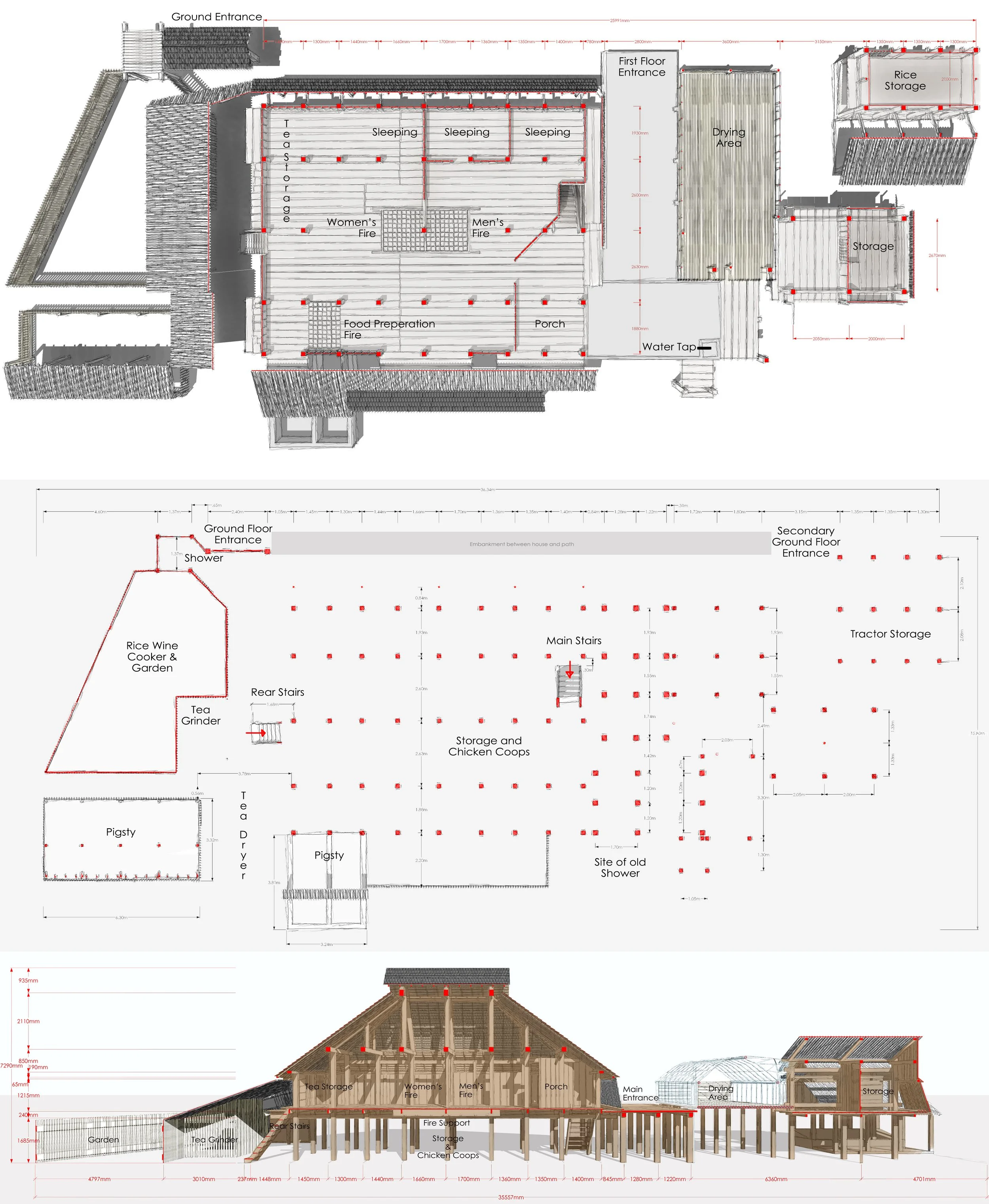Opportunities for tidal range projects beyond energy generation:
Using Mersey barrage as a case study
Sean Petley a, Daneel Starr b, Linda Parish b, Zak Underwood b, George A. Aggidis a,
A Department of Engineering, Lancaster University, Gillow Avenue, Lancaster, LA1 4YW, UK
B School of Architecture, Liverpool University, Leverhulme Building, Liverpool, L69 7ZN, UK
Received 27 November 2018; received in revised form 29 June 2019; accepted 24 August 2019
Abstract
Currently there is renewed interest in harnessing the vast tidal resource to combat the twin challenges of climate change and energy security. However, within the UK no tidal barrage proposals have passed the development stage; this is due to a combination of high cost and environmental concerns. This paper demonstrates how a framework, such as the Northwest Hydro Resource Model can be applied to tidal barrages, with the Mersey barrage as a case study. The model materialised in order to provide developers with a tool to successfully identify the capacity of hydropower schemes in a specific location. A key feature of the resource model is the understanding that there is no single barrier to the utilisation of small hydropower but several obstacles, which together impede development. Thus, this paper contributes in part to a fully holistic treatment of tidal barrages, recognising that apart from energy generation, other environmental, societal and economic opportunities arise and must be fully investigated for robust decision-making. This study demonstrates how considering the societal needs of the people and the necessity for compensatory habitats, for example, an organic architectural design has developed, which aims to enhance rather than detract from the Mersey.
ª2019 Higher Education Press Limited Company. Production and hosting by Elsevier B.V. on behalf of KeAi. This is an open access article under the CC BY-NC-ND license (http://creativecommons.org/licenses/by-nc-nd/4.0/).
Encyclopedia of Vernacular Architecture of the World 2nd Edition. Contributor
Aini minority – Yunnan, China.
The Aini are a sub branch of the Hani/Akha minority located mainly within the Xishuangbanna and Honghe region of Yunnan, China. Their language is a major dialect of Hani. Considering the closeness of the Hani and Akha (Aini) language, it is likely that they were one language some 800 to 1,000 years ago. (Lewis 2002)
In the traditional hierarchy of the Xishuangbanna Dai Autonomous region, the Aini have been regarded in the bottom tier of social standing along with the other mountain tribes. Due to this the Aini have always looked up the social ladder for their architectural influences, learning almost exclusively from the Dai.
Many Aini village still maintain a traditional village gate which separates the spirt world outside the village from the human world within it.
Traditionally, Aini houses are split into two halves, with one side for females and one side for males. The origin of this of this partition is from the Akha myth in which Apoemiyeh (principle deity) gave an Akha man a wife who was part spirit, part tiger but she ended up devouring him. Before she could remarry she made her new partner a promise that they would partition the house and she would stay on her half ever evening. The majority of houses have a hearth both on the women’s side and the men’s, plus a third hearth for preparing animal feed, which is on the woman’s side.(Goodman 2008)
Aini houses are timber, stilted structures with a roof with a small gable at the top of a hip roof. The main structure uses a semi-regular structural grid, the size of which depends on the size of timber that’s available from the forest. Modern built dwellings use machine cut timber bought from merchants so use a regular grid. Most houses are split over 2 levels with the ground floor reserved for livestock and farm equipment and the elevated floor is used by the inhabitants. The elevated floor is an almost completely open planned space focused around the male and female hearths. The partition wall comes out to meet these hearths from the external wall on one side. The top of the mixed hip-gable roof is open and provides natural ventilation to the space below. The openings in the mixed hip-gable roof are decorated with ornaments which often represent the wings of a bird. These are culturally important and their use denotes that the inhabitants are married. Dwellings of the oldest vernacular are a single storey with half of the floor being the bare earth while the sleeping areas are raised slightly off the floor with timbre planks. These are increasingly difficult to find in Xishaungbanna.
Traditionally the roofs of the house were thatched and had to be replaced regularly. Not many thatched dwellings remain among the Aini in China but they can still be found among the Aini in Myanmar and Laos. Thatched roofs were replaced with wooden, hand cut tiles, which had to be replaced less often. These in turn were replaced with clay tiles that could be bought from merchants in towns. Clay tiles are currently still the most commonly found in villages but all newly constructed dwellings use factory made ceramic tiles.
Newly constructed dwellings are yet another evolution of the oldest vernacular with the availability of larger and more uniform timber leading to a larger structural grid and higher ceilings. The roofs are also no longer simple mixed hip-gable roofs but are instead a series of more complicated dormers and gables. The biggest change is that the partition wall has been removed and the space is divided up into separate living rooms and sleeping quarters. Social activity now takes place in dedicated living room and the kitchen is commonly separate. There is an increasing use of steel and polyurethane in the construction but timber is still preferred while it’s available.
Keywords
Aini, Akha, China, Xishaungbanna, Yunnan, Dutch Gable
Bibliography
Goodman, Jim. 2008. Meet the Akhas. White Lotus Press, Bangkok, Thailand 10501. Original edition, 1996.
Lewis, Paul w., Bai Bi Bo. 2002. Hani Cultural Themes: White Lotus Press.
Picture
File Name: Aini house
Image Source: Drawn by author
Date and Place: 2016, A Lu Lao Zhai, Menghai County, Xishuangbanna, China
Caption: Traditional Aini stilt house with Dutch gable roof. A Lu Lao Zhai, Xishaungbanna, China.


